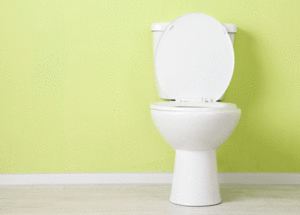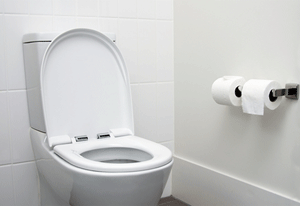Head down to your local home improvement store and you'll find loads of different toilets to choose from. The question is: Which is best for you and your family? It can be a tough choice, so allow us to give you a few quick tips to help you decide:
Save Water with Dual-Flush
We all know that not every use of a toilet is the same. That's why dual-flush models are perfect for those who want to save water by providing separate handles — a full flush for solids and a half-flush for liquids.
Save Money with Low-Flow
Although some homeowners have avoided low-flow in the past because of the need for multiple flushes from time to time, newer models aren't plagued by this problem. Pick up a low-flow model and your water usage bills will drop.
Consider a Taller Model
Toilets may not be constructed to the most comfortable seats in the world, but taller models provide an extra amount of comfort to their users. This is especially true for tall men and women, in addition to the elderly, who may have trouble getting up and down from a traditional model.
Check the Reviews
Selecting the right toilet for your home shouldn't be taken lightly. To ensure that you make the best purchase possible, it's important to check out reviews. This isn't a choice you'll make through a site like Yelp. Instead, head over to Consumer Reports for the low-down on the low-flow (and others, of course).
Defy Gravity
Were you aware that certain toilets can be attached to your wall instead of sitting on the floor? These models are extremely sturdy and are amazingly simple to clean, because they lack all the nooks and crannies found in many traditional models. Just be aware that, as you might expect, a wall-hung toilet will be more expensive.
If you're looking for a new toilet, these tips will serve as a great starting point. For even more information, feel free to reach out to the professionals at Air Assurance. We currently service the HVAC needs of Broken Arrow and the surrounding area.
Our goal is to help educate our customers in the Tulsa and Broken Arrow, Oklahoma area about energy and home comfort issues (specific to HVAC systems). For more information about toilets and other HVAC topics, call us at 918-217-8273. Credit/Copyright Attribution: “Name/Shutterstock”









